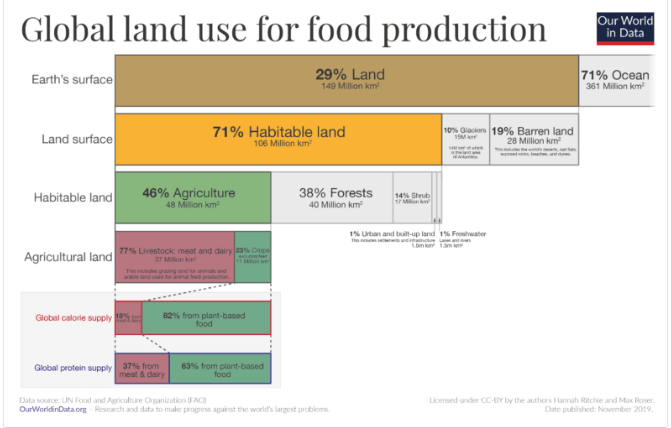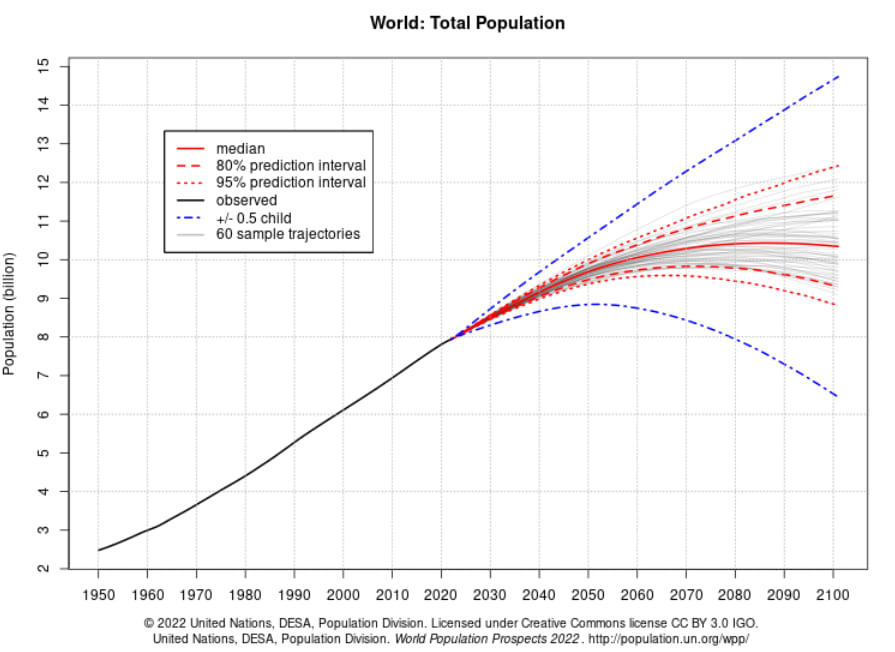AndrewRowan
Comments6
I agree with many of the points made in the above comment but do not plan to change my vote. When one looks at current expenditures on public health (in the many $trillions of dollars) versus on animal welfare (around $9 billion in revenues annually in the USA), the marginal increase in the utility of grants in the animal welfare space are likely to be greater than those in public health. Open Philanthropy's history project comments on the challenge of producing positive impact in the health space given the large amounts currently devoted annually to support biomedical research let alone the much larger amounts devoted to health treatment, disease surveillance, and prevention.
The marginal effect of increased spending (say $1 billion) on animal welfare is likely to be far greater than the marginal impact of an extra $1 billion on global health. Granted that public health challenges in low and middle-income countries can at times be substantially lessened with relatively small inputs (e.g., niacin enrichment of corn meal), overall, the impact of relatively small amounts of strategically invested money can have a significant impact on the animal space. For example, I believe the support ($1-2 million) Open Philanthropy has provided to Compassion in World Farming to support Compassion's End the Cage Age" citizen's initiative in Europe is going to have substantial global ramifications for how farmed animals are raised and treated down the road. The EU has temporarily stepped back on its commitment to end caged animal farming. Still, the recent Strategic Dialogue on Agriculture in Europe has again emphasized the importance of ending farmed animal cages. I would also refer readers to the recent papers on the impact of the vulture decline in India. The bat decline in the USA (look for documents by Eyal Frank and colleagues), which concluded that the loss of those wild animals has led to substantial increases in all cause human mortality in India and infant mortality in the USA. Calculating the economic impact of biodiversity decline is a significant challenge, but Frank has provided two fascinating and valuable examples of how animal welfare, human welfare and planetary well-being are connected!
The first shareholder case in the USA was the suit filed by Peter Lovenheim of the Humane Society of the U.S. against Iroquois Brands in 1985. The company argued that Foie Gras was too small a part of their business to be the focus of a shareholder lawsuit but the SEC disagreed and held that the shareholder action could proceed.
Andrew Rowan, WellBeing International
The FAO blithely projects a doubling of the population of farmed animals but such a doubling would presumably require a doubling of feedstuffs for those animals. The world is already using half of the available habitable land (71% of all land) and large quantities of ocean animals to feed the existing farmed animal population. If twice as many farmed animals have to be fed, then presumably that would require using all of the habitable land for agriculture (to produce feed for the greater number of animals. That leaves no land for wild animals or forests (or other human needs). This is undoubtedly a simplistic calculation but doubling the number of farmed animals would certainly have disastrous consequences for biodiversity and current land-based carbon sinks.

I would like to see a projection that looks at future animal populations plus the options for feeding those animals from existing land and marine sources.
In addition, just because someone projects that the world will reach a particular condition does not mean that such a condition is inevitable. At one point, population scientists projected that the world population would peak at around 12.4 billion people.

However, their projections have fallen. Forecasts now suggest that there will be 8.9 billion people by 2100 (1 billion more than today). That number could be driven even lower if the world was better at preventing a larger portion of unintended pregnancies.
Andrew Rowan, D.Phil.
President, WellBeing International
I empathize with Akash Kulgod's efforts to estimate the owned and street dog population of India. There are no good surveys of the national dog population. The government does publish estimates of the dog population but they are hopelessly wrong. However, there is an interesting method that could produce relatively accurate estimates of India's dog population. It turns out that the relative population of dogs in India (that is the number of dogs per 100 or 1,000 people) varies inversely with human density and one can capture that variation by plotting dogs per 100 (or 1,000) people against log human density in a particular community. For example, a survey in the state of Haryana reported that there were approximately 25 million dogs in the state. The trendline equation for the State of Haryana is y (dogs per 1,000 people) = -100 X (log human density per sqkm) + 440. A survey of dogs in Punjab produced data that gave a trendline equation of y = -32.5 X + 158.4. In Bangalore, the equation is y = - 49 X + 250. In Jamshedpur, the equation is y = -43.6 X + 204. Therefore, it is likely that one could develop a reasonably accurate estimate of the number of dogs in India using a range of human density values and estimates of human populations in different landscapes across India.
However, the Indian pet dog population is currently growing very rapidly and so it may be necessary to undertake a few careful surveys of pet and street dog populations to update the above equations.

I have been very involved promoting animal protection since 1975 (the year I graduated with a DPhil in biochemistry). I started work for a small London charity (FRAME) promoting alternatives to animal research and have been amazed at the progress made since 1975. Back then, our annual budget was 8,000 GBP and our "big" victories involved having a letter published in one of the major newspapers (preferably The Telegraph - our founder was a Conservative).
Today, laboratory animal use in many major industrial countries (not Canada) has fallen by 50-75%, and the UK, the Netherlands, the USA and Australia have all produced government reports calling for major investment in NAMS (either New Approach Methods or Non-Animal Methods, depending on where you sit). Biomedical research became fixated on genetically modified mouse research models in the mid-1990s, but that fad has now given way to a new technology - "Organs-on-a-chip" often involving human cell cultures derived from stem cell culture.
Lab animal use peaked at around the same time for the USA, the UK, Germany, the Netherlands and Switzerland in the mid-1970s. Animal use began to fall as fast as it had risen post-WWII. The GMO mouse fad halted the decline in animal use but the decline is now again visible since 2015.
One sees similar very rapid change in the companion animal space. There are around 1 billion dogs in the world today - nearly all closely associated with humans (either as pets or as community street dogs). Dog neutering took off in the US in the mid-1970s and the euthanasia of dogs in US shelters (because they were surplus) has fallen from around 7 million a year to around 500,000 a year even though the US dog population has more than doubled since 1973. Globally, dog neutering is having similar beneficial impacts for both dog and human well-being.
I agree with Tucker that the farmed animal space could see very similar improvements in the next decade, especially given the EA interest in farmed animal well-being.
Andrew Rowan